Marginal gains or major risks? Introducing and assessing cycling's latest training hacks
From restricting blood flow to inhaling deadly gas, cycling’s latest ‘hacks’ blur the line between innovation and insanity. Which ones are worth taking seriously?
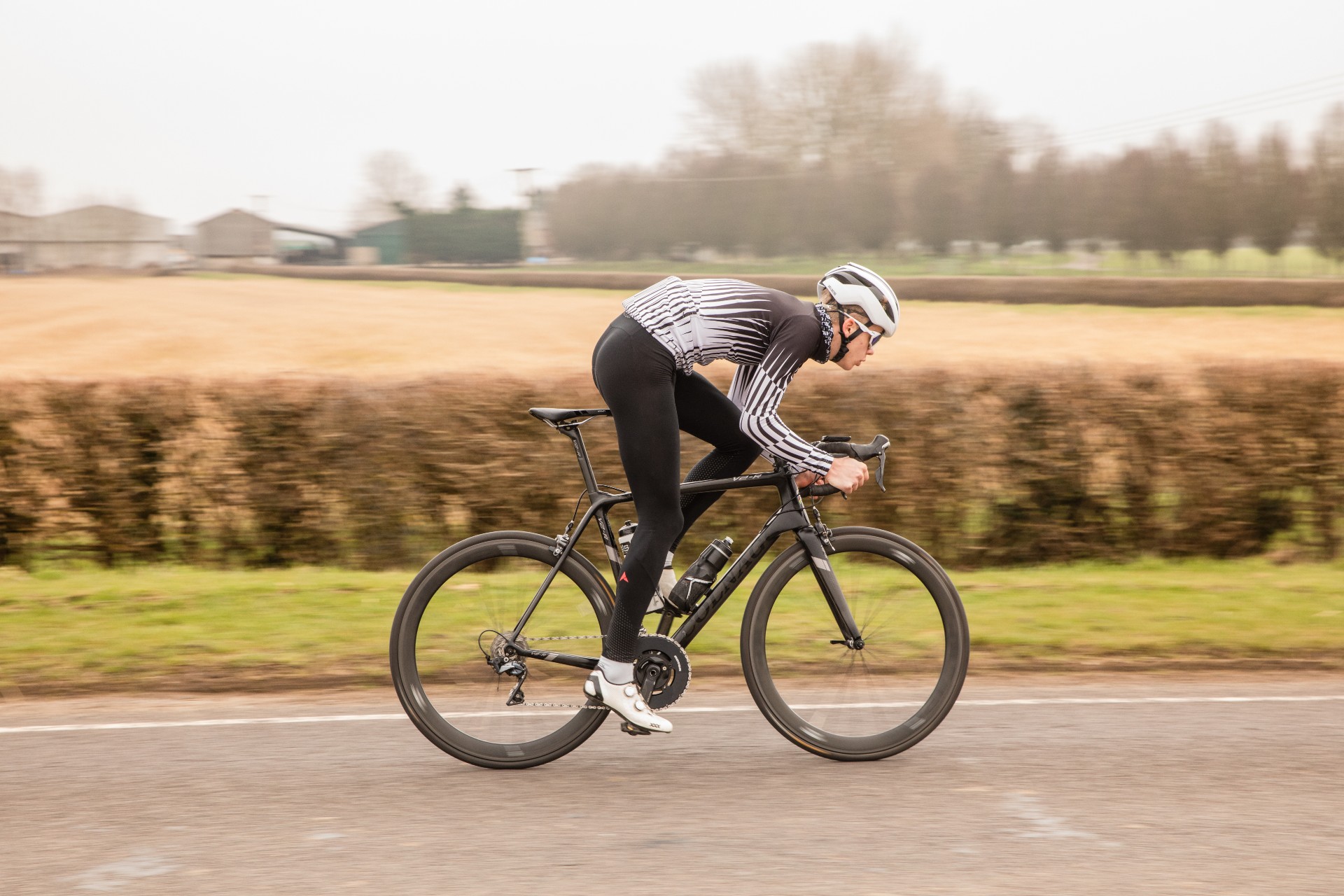

Cycling has, since the Team Sky era, been associated with so-called marginal gains, but the rise of ‘biohacking’ takes the envelope-pushing to new extremes. From glucose sensors to DNA tests, today’s riders are experimenting with science, tech and sometimes sheer gimmickry in pursuit of an edge. Some methods are grounded in physiology, others in hype – and separating the two isn’t always easy. We break down the most talked-about hacks, and ask if they’re best avoided or actually worth a try.

Rob Kemp is a London-based freelance journalist with 30 years of experience covering health and fitness, nutrition and sports sciences for a range of cycling, running, football and fitness publications and websites. He is keeping his plunges warm, his blood flow unrestricted, and his biology unhacked
Blood flow restriction (BFR) training
What it is: If you’ve scrolled through Instagram reels of athletes training with thick straps wrapped tightly around their limbs, you’ve probably seen blood flow restriction (BFR) in action. It involves using specialised cuffs or bands to partially limit blood flow to working muscles during exercise.
How it works: “BFR works by creating a hypoxic environment – much like altitude or high-intensity training – which triggers hormonal responses, boosts capillary density, and sharpens neuromuscular signalling,” explains Andy Page, strength and conditioning coach with PureSportsMedicine. By restricting oxygen to type I fibres, a rider upregulates aerobic enzymes while also recruiting type II fibres earlier.
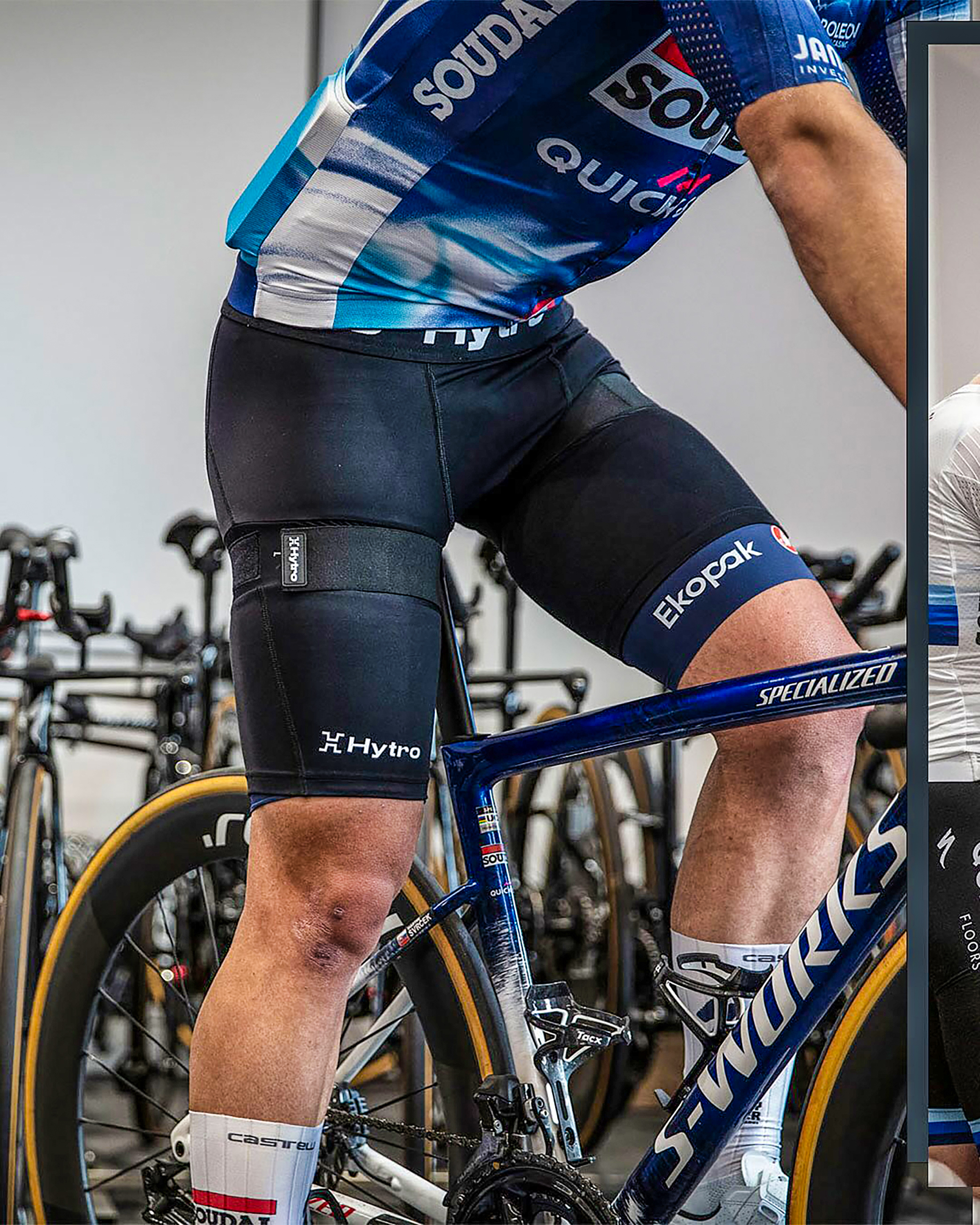
Why it’s trending: Among elite cyclists, BFR has evolved from a niche recovery tool to an established part of structured training. “I started using BFR for recovery – flushing out muscles and getting nutrients into cells,” explains Joe Truman, Team GB track sprinter who uses Hytro BFR equipment. “Over time, it developed into a hypertrophy [muscle growth] tool. As a sprinter, muscle mass is a big deal, so BFR became a huge part of my gym work. If I do a BFR primer in the morning, my lactic endurance in the evening session is noticeably better.”
Be aware of the risks: Done incorrectly, BFR can raise the risk of blood clots, nerve damage or even serious muscle injury. “BFR raises vascular resistance and afterload, which may drive heart adaptations that improve pumping capacity and oxygen delivery,” says Professor Jose Calbet, physical education specialist at the University of Las Palmas de Gran Canaria, Spain. “But the evidence is still limited. BFR may also trigger adaptations in electrolyte handling, which could help delay fatigue, though more research is needed, especially in elite athletes.”
Should you use it? “The benefit may be higher for lower-tier cyclists than in elite riders who have less room for improvement,” adds Calbet. “Nonetheless, VO2max may be improved in elite cyclists with BFR – but we lack information regarding the effects in the very best cyclists.”
BFR isn’t just for sprinters – it may boost endurance too. “Normally, you need really hard sessions to get big endurance gains,” says Page. “With BFR, you can get those same benefits at lower intensity and with less time on the bike. Studies show riders using BFR improved their VO2max by 6% and could ride 15% longer before fatigue compared to those training without it.”
The latest race content, interviews, features, reviews and expert buying guides, direct to your inbox!
Cold plunge therapy
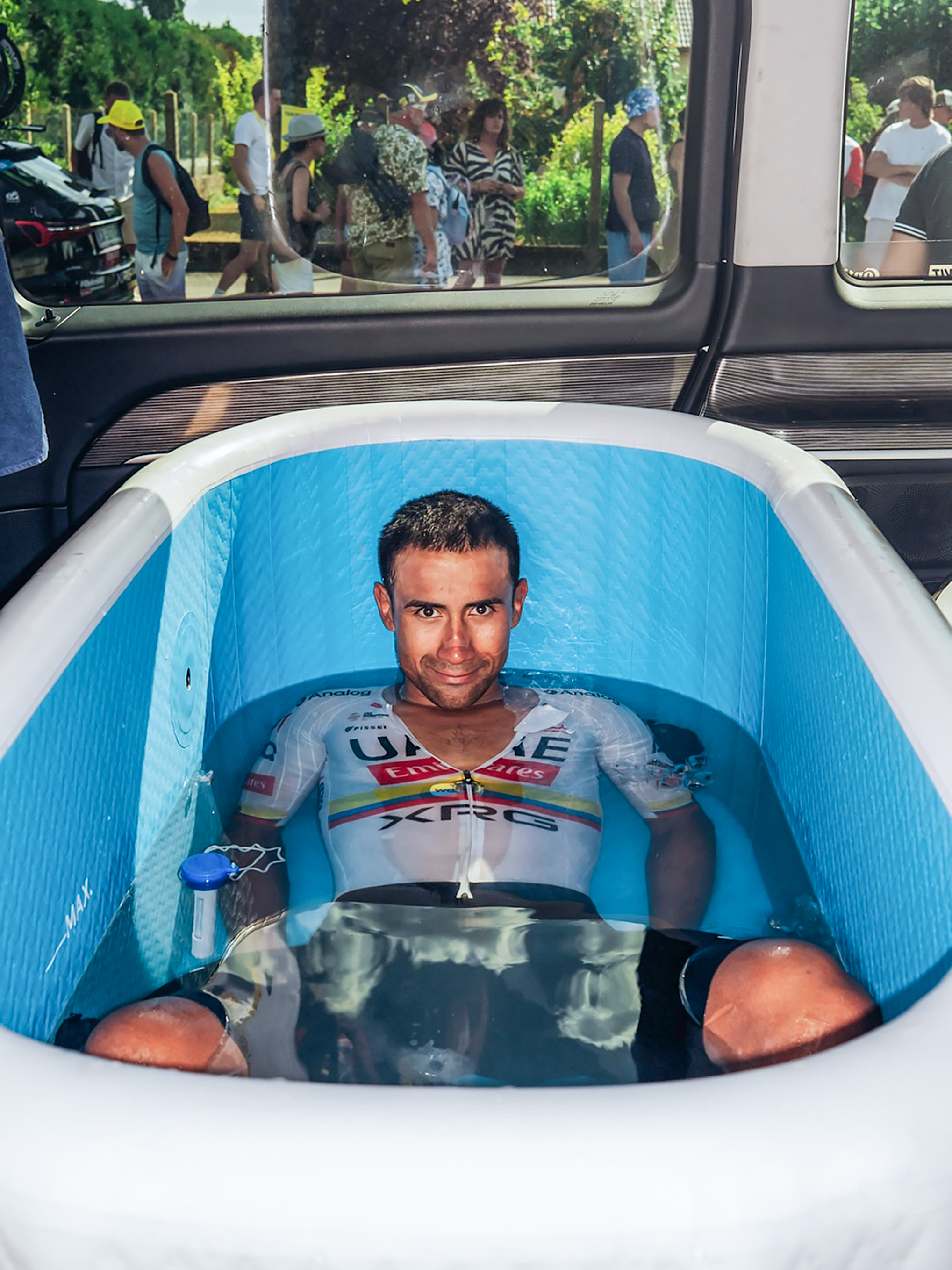
What it is: Cold therapy comes in two main forms: whole-body cryotherapy (WBC), which involves stepping into a subzero chamber for two to four minutes, and cold-water immersion (CWI), which means dipping into 10-15°C water for up to 15 minutes.
How it works: “Cryotherapy reduces post-exercise soreness and perceived effort in later sessions,” says Dr Laura Wilson, exercise scientist with the London Sport Institute. “It’s been shown to reduce delayed onset muscle soreness (DOMS), lower perceived exertion in subsequent training, and may also dampen the inflammatory response linked to exercise-induced muscle damage.”
Why it’s trending: Tour de France winner Tadej Pogačar uses ice pools after hot stages – more for the psychological boost than the physical benefit. “Cold plunges may also sharpen the mind,” suggests sports psychologist Tom Haines, pointing out that enduring something uncomfortable builds resilience that carries into training.
Be aware of the risks: Rapid immersion can cause shock, hypothermia, or even cardiac arrest, especially in those with underlying conditions. Timing is also key: overusing ice baths may blunt the inflammation needed for adaptation.
Should you use it? “The benefits may apply across levels, depending on the intensity of the workout,” says Wilson. “If a cyclist completed a session that was of a higher intensity or longer duration than normal, they would likely experience increased soreness. By utilising cryotherapy after the training session, these symptoms could be attenuated.”
DNA-based training and nutrition
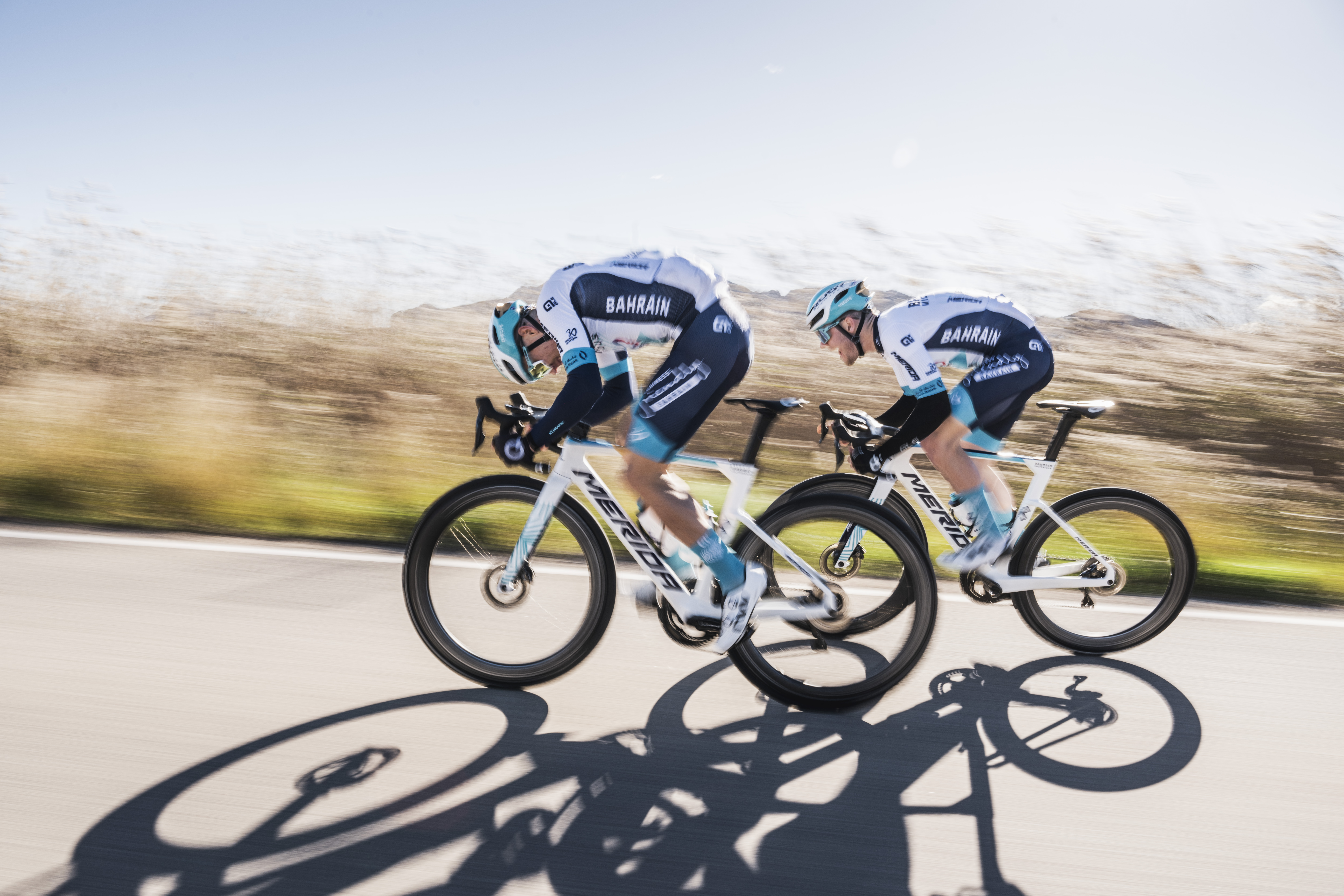
What it is: Fitness companies now offer genetic testing kits claiming to personalise workouts, recovery needs, and even carb tolerance.
How it works: “Genes are sections of your DNA that tell your body how to grow, repair, and adapt. Everyone has the same ‘exercise genes’,” explains Dr Henry Chung, lecturer in physiology and nutrition at the University of Essex. “But the specific version – or genotype – you inherit can affect how you respond to training.”
Take the ACTN3 gene, often called the ‘speed gene’. It helps produce a protein found in fast-twitch muscle fibres, key for power and sprinting. There are three versions: RR gives you the full benefits for speed and power; RX is a weaker version; XX doesn’t produce the protein, meaning less raw power – but more slow-twitch fibres, helping endurance instead.
“Everyone has a mix of different exercise genotypes, so your personal blend can influence your response to training,” says Chung. “Even if a group of cyclists follows the exact same training – same rides, same intensity, same conditions – people still improve and adapt at different rates.” This inter-individual response is partly explained by genetics.
Why it’s trending: Bahrain Victorious partnered with GenePlanet to integrate DNA analysis into their performance strategy. The collaboration reportedly helped riders understand factors like optimal nutrition, recovery patterns, and how they process carbs. In Dr Chung’s research on lower-limb strength, genetics explained up to 72% of variation in responses to a 10-week leg programme. “If the average gain was 20% in leg strength, some riders might only gain 10%, and much of that difference comes down to genetics,” he says. “For aerobic fitness, the effect is smaller: genetics explained around 44% of the variation, translating to only ~1.7% of total gains.”
Be aware of the risks: Focusing too much on a DNA report can hold you back. “Genetics is just one piece of the puzzle,” Chung warns.
Should you use it? “For everyday cyclists, the available gains would mean only a tiny difference, but for elite athletes, even a 1% edge can be the difference between winning a medal or not.” Chung adds another caveat: “Genetics only explains part of why some riders improve faster than others – having great genes won’t help if you skip training or recovery.”
Carbon monoxide rebreathing
What it is: This one sounds like science fiction – and with good reason. Carbon monoxide (CO) rebreathing involves inhaling controlled doses of a deadly gas to measure haemoglobin levels and, theoretically, to simulate the hypoxic effects of altitude.
How it works: “In a nutshell, it’s a substitute for altitude training,” says Dr Jeffrey Sankoff, a Colorado-based emergency room physician and triathlete (TriDoc podcast). “It augments the effects of training at altitudes.” Haemoglobin is crucial in transporting oxygen to muscles, delaying fatigue and helping performance. The test is usually done at the start and end of altitude training camps using a device connected to oxygen and carbon monoxide supplies.
Why it’s trending: WorldTour teams linked with this practice – prior to the UCI voting to ban the use of repeated carbon monoxide rebreathing equipment – called it safe when performed by experts.
Be aware of the risks: As Sankoff bluntly puts it: “The risk is death. I don’t think I can be any clearer than that.” Even small errors in dosing or monitoring can be fatal. The UCI banned repeated CO rebreathing in 2025, allowing it only in strict medical settings for diagnostic purposes.
Should you use it? “Its benefits have been exaggerated in the lay press,” says Sankoff. “In studies I’ve seen reported, very few differences were found between the altitude group and the group who trained at altitude and breathed CO. Differences that would be trivial for the average age-group cyclist.”
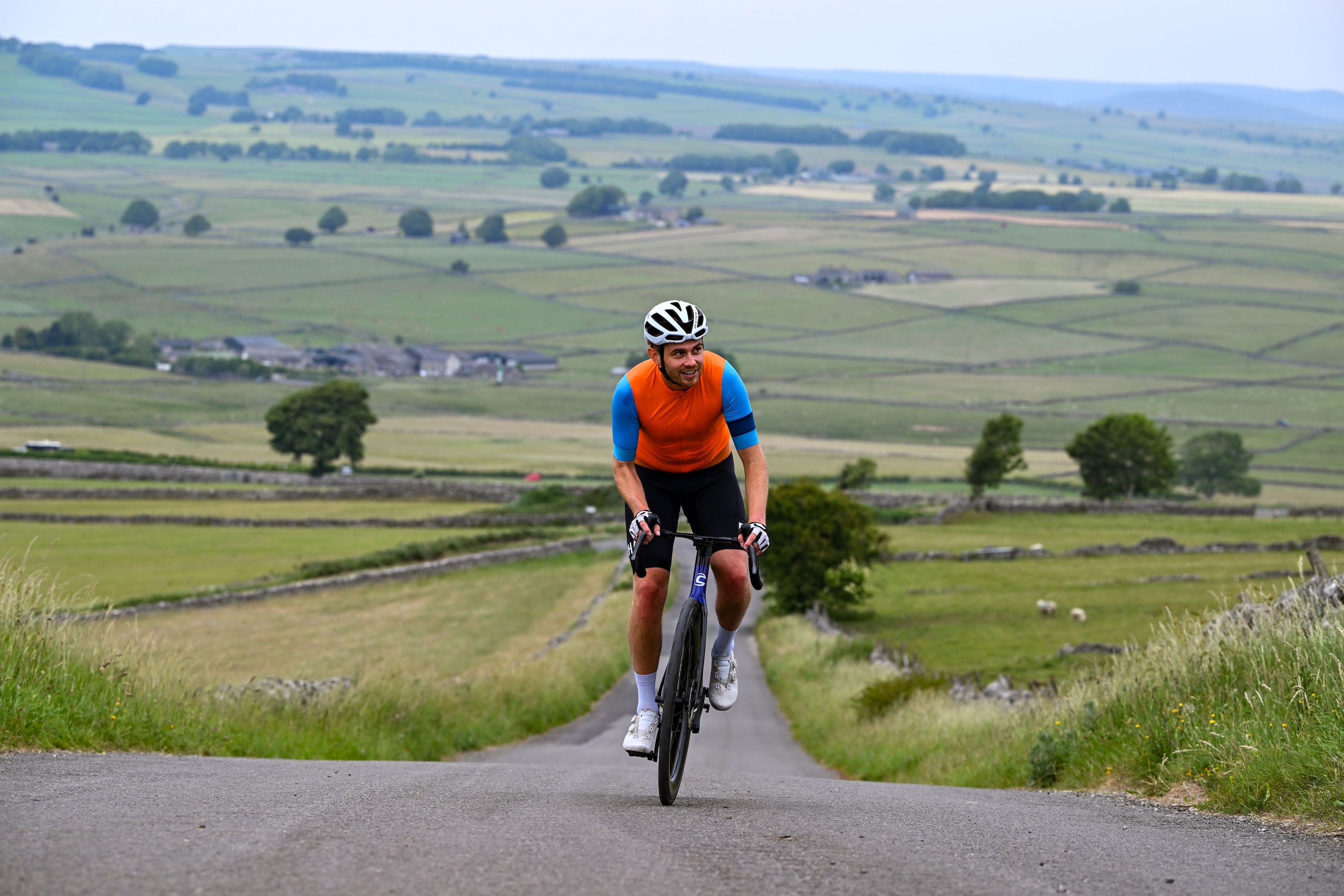
Biohacking and ketones
What it is: Biohacking in sport covers a spectrum from the sensible (tracking sleep or HRV) to the extreme (gene editing or DIY biology). In cycling, one of the most debated biohacks of recent years has been exogenous ketones.
How it works: Ketones are compounds produced by the liver when carbohydrate availability is low, such as during fasting or prolonged endurance exercise. In this state, muscles, the heart, and the brain all switch to ketones as an alternative fuel source.
Why it’s trending: Visma-Lease a Bike, Soudal Quick-Step, and Alpecin-Deceuninck have incorporated ketone supplements into their nutrition strategies. Exogenous ketones – usually taken as a liquid ester ‘shot’ costing £30-40 – aim to shortcut the fat-to-fuel process by raising ketone levels in the blood without the need for carb restriction.
Be aware of the risks: The UCI has not banned ketone usage after recent studies allayed fears around safety and significant performance enhancement. But some scientists remain unsettled, dosing protocols are unclear, and side effects – especially with cheaper ketone salts – can include stomach issues and impaired performance.
Should you use it? Some research suggests ketones may speed up glycogen resynthesis, reduce inflammation and promote protein synthesis. Combined with the cost, though, ketones are a questionable investment for amateurs. Even Visma’s sports director Grischa Niermann has gone on record to say that ketones are “just a small part of the team’s complex performance puzzle” rather than a miracle fix.
Continuous glucose monitoring (CGM)
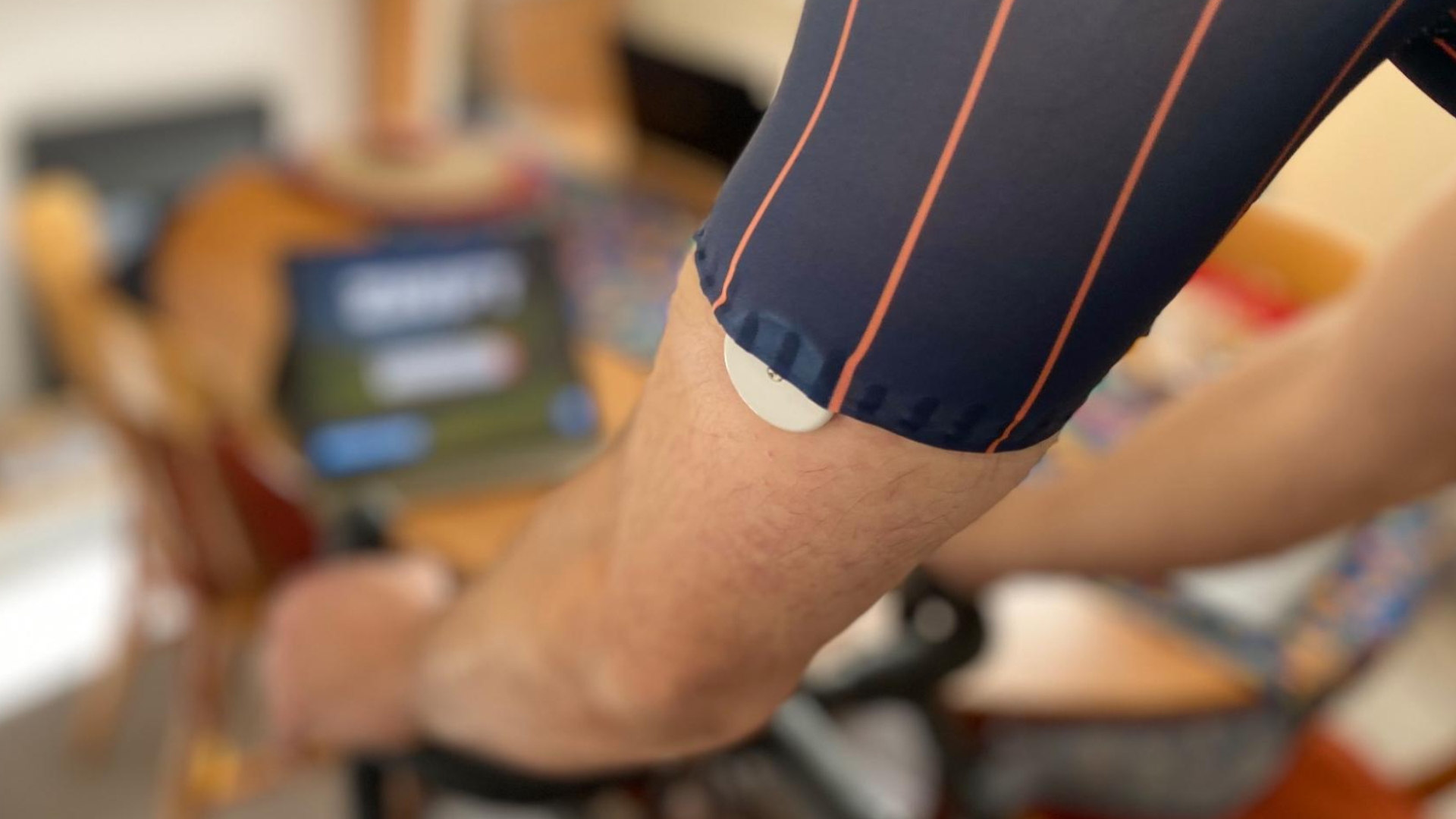
What it is: Continuous glucose monitoring uses a small sensor inserted under the skin to track glucose levels in the interstitial fluid continuously. Originally developed for people with diabetes, it’s increasingly used by elite riders to monitor fuelling and recovery in real time, although they're not allowed in-race, yet.
How it works: The device measures glucose trends 24/7 and sends data to a phone or head unit. “Athletes can see how meals, ride intensity and even sleep affect glucose levels. Coaches and nutritionists then use these trends to fine-tune fuelling strategies before, during and after training,” explains Dr Laurent Bannock, founder and director of the Institute of Performance Nutrition.
Why it’s trending: Teams including Ineos Grenadiers have trialled CGMs as part of their nutrition science setups. “For professionals, a dip in blood glucose mid-race can be catastrophic. CGM helps avoid hypoglycaemia, optimise carbohydrate intake on the bike, and evaluate recovery overnight,” says Bannock.
Be aware of the risks: CGMs can lag behind blood glucose during rapid changes, leading to misleading readings. Overinterpretation of data can foster obsessive fuelling habits (so-called glucorexia). “For most riders, a solid nutrition strategy guided by hunger, recovery and structured carb timing may be more practical than constant glucose tracking,” insists Bannock.
Should you use it? Evidence for performance gains in non-diabetic athletes is mixed. “Some research shows CGM can help prevent energy crashes, but no study has proven it directly boosts metrics like power output,” says Dr Bannock. “For amateurs, the £80-120/month cost and the risk of over-analysing normal glucose fluctuations may outweigh the benefits.”
Max-volume Zone 2
What it is: Zone 2 refers to riding at low-to-moderate intensity – roughly 60–70% of maximum heart rate or 65–75% of FTP. It’s gained buzz recently, with some suggesting you should do as much of it as possible.
How it works: “At this intensity, muscles rely heavily on fat oxidation and mitochondrial activity,” explains Dr Iñigo San Millán, trainer at UAE Team Emirates. “Zone 2 improves metabolic flexibility, lactate clearance and aerobic efficiency – the foundations of endurance. It teaches the body to spare glycogen so athletes can go harder, for longer.”
Why it’s trending: Pogačar devotes hours to it: Zone 2 builds the “base engine” that lets them sustain repeated high-intensity efforts on climbs and in time trials.
Be aware of the risks: But more isn’t always better. Excessive Zone 2 can pile on fatigue, limit top-end development, and leave riders one-dimensional. “It’s one pillar of performance, not the whole house,” says San Millán.
So should you use it? For amateurs with 8–10 weekly hours, San Millán cautions against going all in. A smarter balance is two to three Zone 2 rides each week, combined with strength, sprint and interval work to keep your “turbo” alive.

Rob Kemp is a London-based freelance journalist with 30 years of experience covering health and fitness, nutrition and sports sciences for a range of cycling, running, football and fitness publications and websites. His work also appears in the national press and he's the author of six non-fiction books. His favourite cycling routes include anything along the Dorset coast, Wye Valley or the Thames, with a pub at the finish.
You must confirm your public display name before commenting
Please logout and then login again, you will then be prompted to enter your display name.